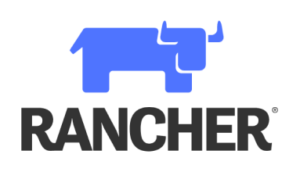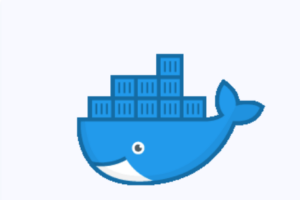VMware vSAN: Troubleshooting [v7]
In questo corso di due giorni, ci si concentra sull’apprendimento degli strumenti e delle competenze necessarie per la risoluzione dei problemi delle implementazioni VMware vSAN™ 7. Si acquisisce esperienza pratica con i concetti di risoluzione dei problemi di vSAN attraverso il completamento di attività guidate dall’istruttore ed esercitazioni pratiche in laboratorio.
COD: VSANT7
Categorie: VMware

Metodologia didattica
Il corso prevede laboratori didattici in cui ciascuno studente potrà lavorare ai fini di portare a termine esercizi formativi che forniranno esperienza pratica nell’utilizzo dello strumento, per ciascuno degli argomenti affrontati durante il corso.
Chi dovrebbe partecipare
Amministratori di infrastrutture virtuali e di storage che vogliono essere in grado di eseguire la risoluzione iniziale dei problemi sullo storage definito dal software con vSAN.
Prerequisiti
Prima di seguire questo corso, gli studenti devono aver seguito i seguenti corsi o avere conoscenze ed esperienze equivalenti:
- VMware vSphere: Install, Configure, Manage
- VMware vSAN: Plan and Deploy
- VMware vSAN: Management and Operations
Il corso presuppone che lo studente sia in grado di eseguire le seguenti operazioni senza assistenza o guida prima di iscriversi:
- Utilizzare VMware vSphere® Client™ per le operazioni più comuni.
- Creare e gestire oggetti VMware vCenter Server®, come data center, cluster, host e macchine virtuali.
- Creare e modificare uno switch standard
- Modificare uno switch distribuito
- Creazione di un datastore VMware vSphere® VMFS
- Utilizzare una procedura guidata o un modello per creare una macchina virtuale.
- Migrare una macchina virtuale con VMware vSphere® vMotion® e VMware vSphere® Storage vMotion®.
Conoscenze/Competenze in uscita
Al termine del corso, dovreste essere in grado di raggiungere i seguenti obiettivi:
- Descrivere i componenti architetturali di vSAN e i loro ruoli
- Spiegare come i componenti interagiscono tra loro
- Spiegare le differenze tra gli stati degli oggetti e dei componenti.
- Descrivere come utilizzare Skyline Health per indagare e contribuire a determinare le condizioni di guasto.
- Spiegare come utilizzare gli strumenti della riga di comando per determinare le condizioni di guasto.
Programma didattico
1 Introduzione al corso
- Introduzione e logistica del corso
- Obiettivi del corso
2 Architettura vSAN
- Descrivere l’architettura e i componenti di vSAN
- Descrivere l’ambiente di storage vSAN basato su oggetti e guidato da policy.
- Descrivere i componenti software CLOM, DOM, LSOM, CMMDS e RDT di vSAN.
- Spiegare la relazione tra oggetti e componenti
- Determinare come i criteri di storage specifici influiscono sui componenti
- Descrivere il posizionamento dei componenti
3 Metodologia di risoluzione dei problemi
- Utilizzare un approccio strutturato per risolvere i problemi di configurazione e di funzionamento.
- Applicare la metodologia di risoluzione dei problemi per diagnosticare logicamente i guasti e ottimizzare l’efficienza della risoluzione dei problemi.
4 Strumenti per la risoluzione dei problemi
- Discutere VMware Skyline Health e il servizio associato
- Descrivere l’uso di VMware Skyline Health per identificare e correggere i problemi in VMware vSAN.
- Applicare le informazioni presentate da vSAN Health online alla risoluzione dei problemi.
- Utilizzare vsantop per visualizzare le metriche delle prestazioni di vSAN.
- Discutere le modalità di esecuzione dei comandi dalle linee di comando di vCenter Server ed ESXi.
- Discutere le modalità di accesso a vSphere ESXi Shell
- Utilizzare i comandi per visualizzare, configurare e gestire l’ambiente vSphere.
- Discutere i comandi esxcli vsan namespace
- Discutere quando utilizzare i comandi di Ruby vSphere Console (RVC).
- Spiegare quali file di registro sono utili per la risoluzione dei problemi di vSAN.
- Utilizzare i file di registro per la risoluzione dei problemi di vSAN
Durata – 2 giorni
Erogazione – in Aula, On Site, Remoto
Requisiti PC e SW:
- Connessione Internet
- Web browser, Google Chrome
- Zoom
Language
Trainer: Italiano
Labs: Inglese
Slides: Inglese










